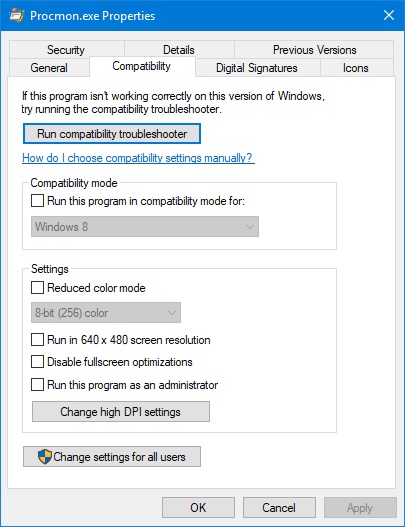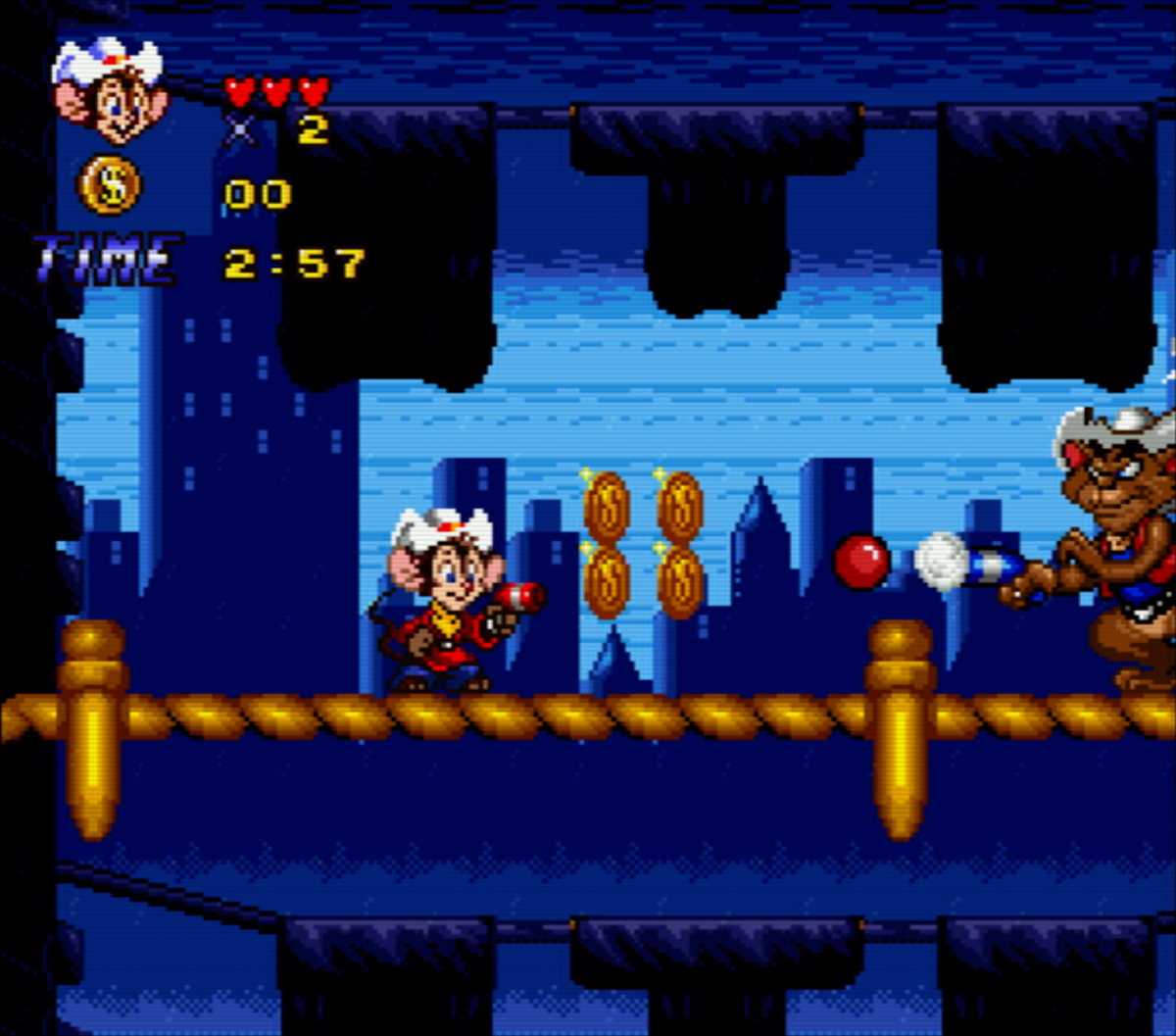

(ah, there are also now four pixel shaders versions, ugh. Nvidia and ATI were recently able to strong arm Microsoft into including each companies choosen features into DirectX8. Which makes it an absolute bitch for game developers to make requests for new features. Of course there ARE game programing APIs to be had, and in fact there are plenty of them. "Heya, I notice you have two separate sound cards installed, which one would you like to use for playing this game?" Nor is there just -one- way for a game to ask Sure on the system level they (tend) to have the same way of doing things, but the game programmers cannot just say "heya, latch on to monitor 1 if that is all that is available, but if the person has two monitors latch on to monitor one for the primary view and pop up a dialog box asking the player if they want to have monitor two used for their rearview mirror." Linux currently has the problem that there are a gazzilion different ways to access damn nearly everything. It is about having a -standardized- set of APIs that people can latch on to.

Sheeps is nice in this regard.īut that is not what DirectX is all about. I have seen games where I can switch over dynamically from one controller to another with no problems. The controllers for starters.Ī game that does a -good- job implementing DirectX control does not care how many buttons your joystick has, or how many joysticks you are using at once to control things. The ZSNES team went over to DirectX just because it made so much of their life easier. It is uber-sweet to have everything working together.

Sorry man, I hate to admit it (and trust me, I REALLY hate to admit it) but DirectX _HAS_ become a worthwhile standard. (Why oh why oh why did the computing world let themselves become enslaved to the morons from Redmond? Oh well, back to trying to pull down their mountain with a toothpick.) This is a cool development and a useful development, but so much of what it signifies and what it has the power to create blows. So I know my objections are essentially irrelevant, but it still makes me sad to see a development that can only help entrench a proprietary standard at the expense of an (apparently adequate and earlier, I'm not a 3D coder) open standard.
#DIRECTDRAW 7 ERROR ZSNES PC#
I know that the ship has pretty much sailed on D3D as the standard, I know that cross-platform development at the moment essentially means making sure that the PC stuff can be ported to the X-Box.

Which MS can control and push around however they want, to the detriment of this. No point pushing for that nasty OpenGL just to get the cross-platform stuff, use D3D. I guess the question is, does anyone use retained mode?Īnother poster has already commented on the speed issue (this meaning that Win32 remains the gaming platform of choice, and giving people erroneous reasons to believe why), but y'know what? This really solidifies the standard.
#DIRECTDRAW 7 ERROR ZSNES SOFTWARE#
Keeping in mind, of course, that D3D Retained mode does this in software also, so I would imagine that a well-implemented wrapper could actually improve performance. Whereas retained mode maintains more persistant scene information, making for a more general library.Īnyway, the relevance is that, if retained mode functionality is required, it may take more of a performance hit because there is not a 1:1 correspondance of D3D to OpenGL calls. You (the programmer) are responsible for maintaining all of your model information, view parameters, and so forth. I believe that immediate mode is mostly a rasterizer for your polys.
#DIRECTDRAW 7 ERROR ZSNES CODE#
Of course, I'm not writing any graphics code these days, so take this all with a grain of salt ) I welcome the any corrections from experts in the field. OpenGL is basically an immediate mode graphics library. I haven't really done much with Direct3D, but as I recall it has both an immediate and a retained mode.


 0 kommentar(er)
0 kommentar(er)
